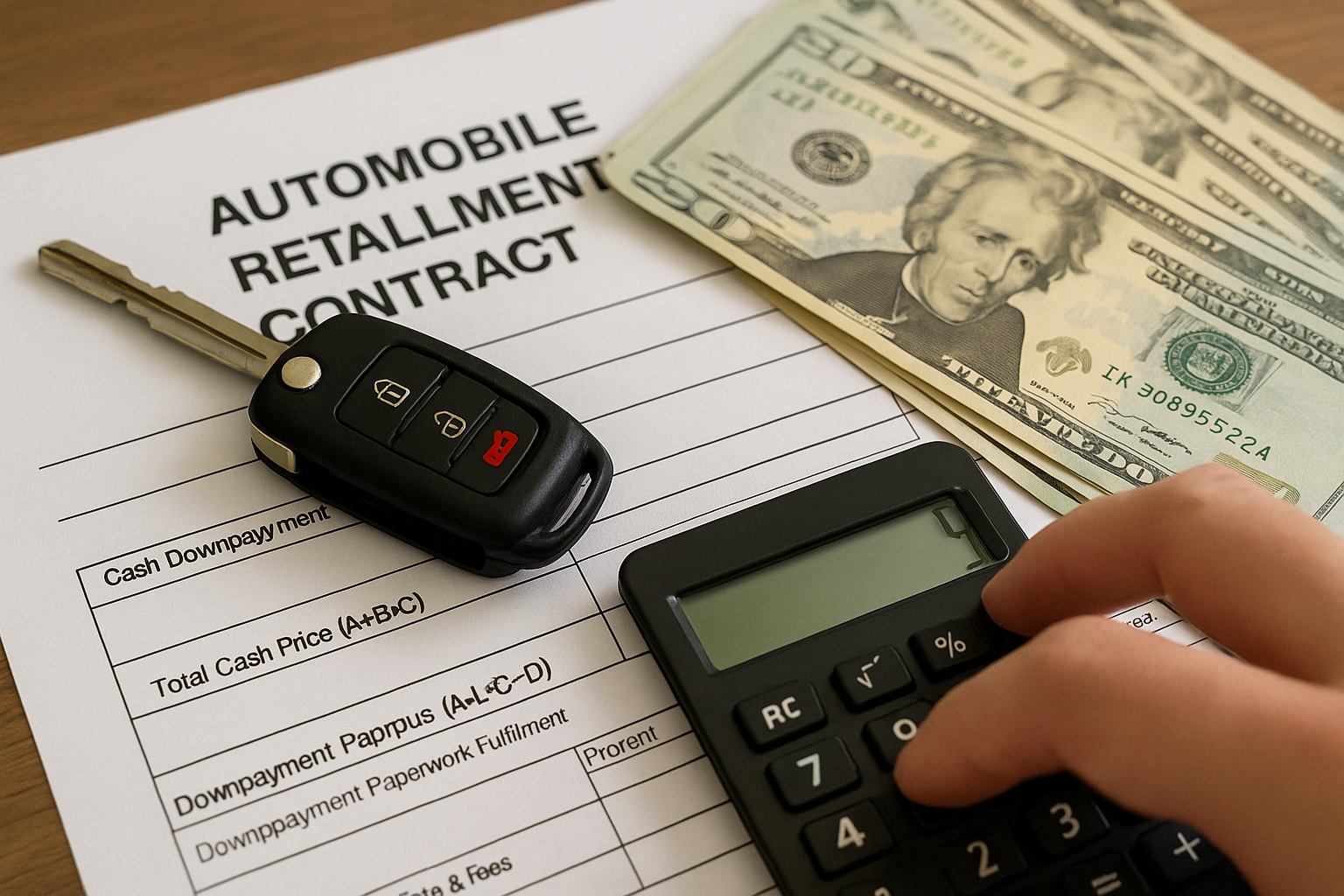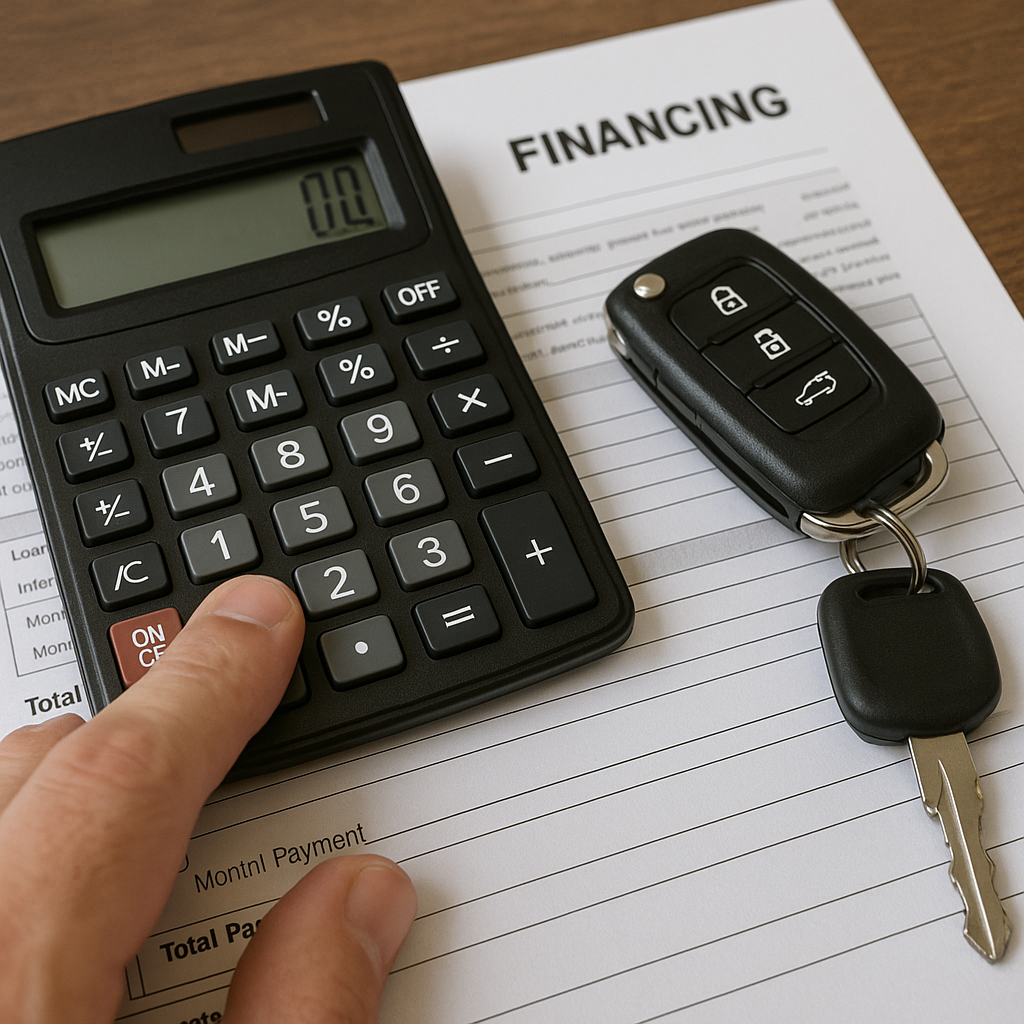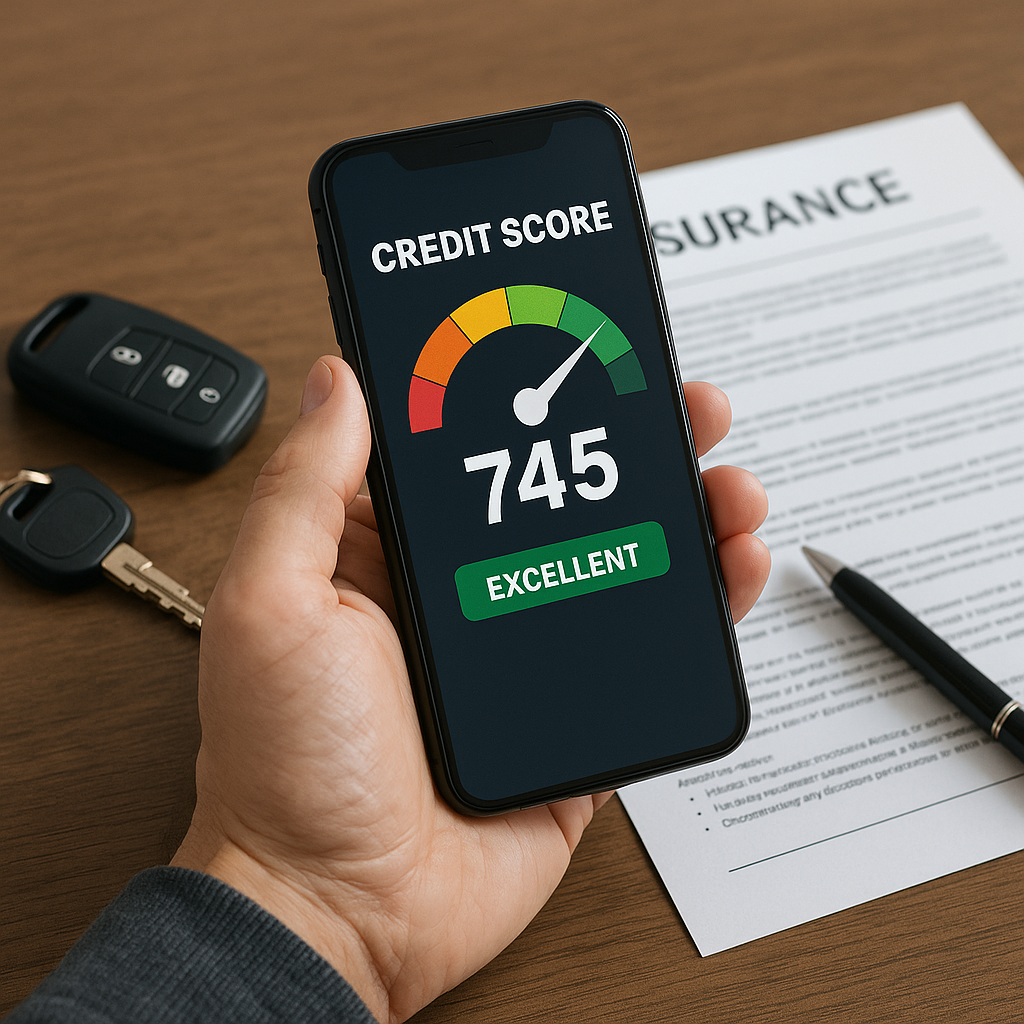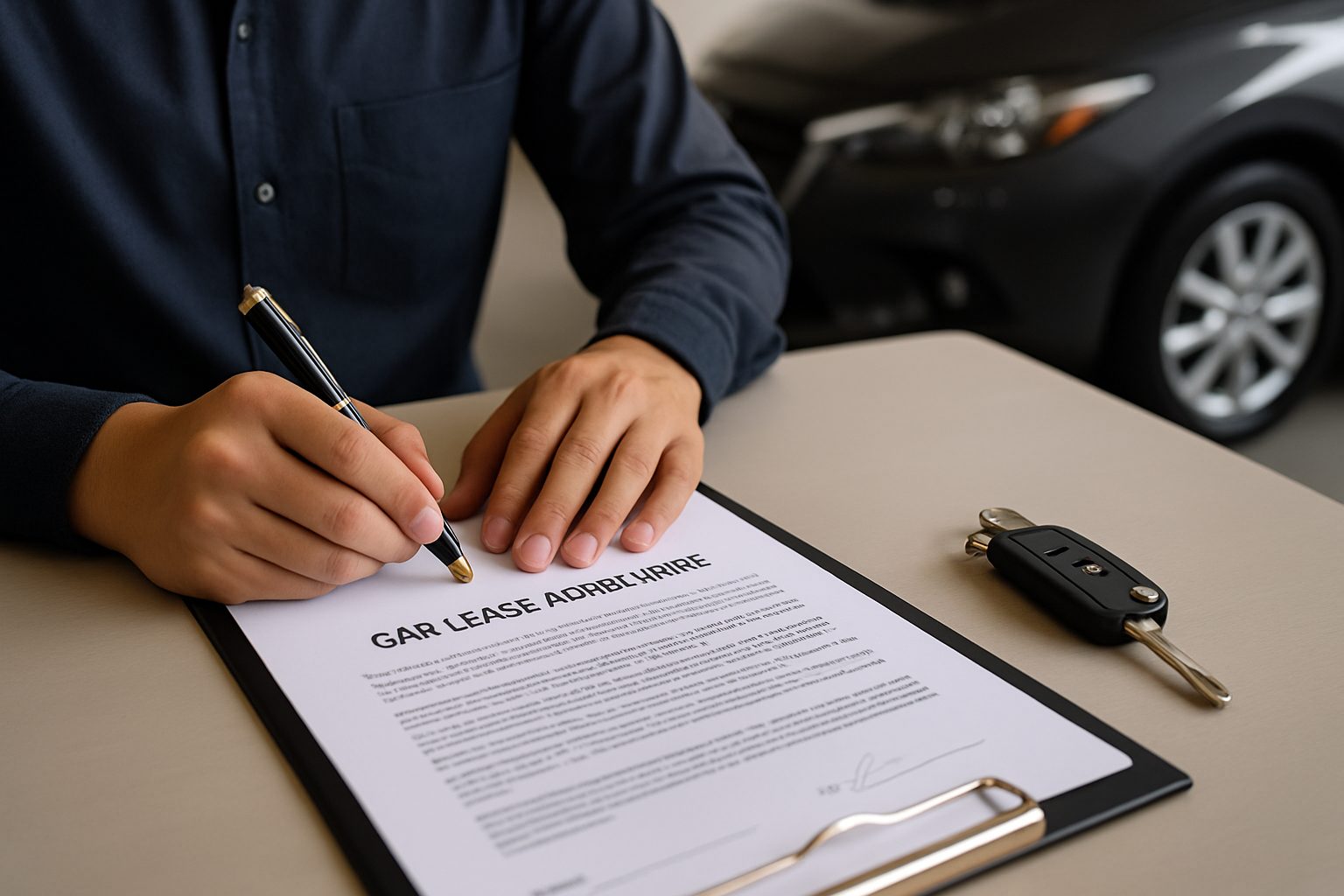Hook: At first glance, a balloon payment car loan can seem like a magic trick—low monthly payments today with a large final payment later. But that big “balloon” carries significant risk. In this deep dive, we unpack how balloon loans work, explore the balloon loan risks, and help you decide if this financing structure fits your budget.
- How balloon loans differ from traditional auto loans
- Potential savings vs. end‑of‑term financial shock
- Practical strategies to manage or avoid balloon payment pitfalls
What Is a Balloon Payment Car Loan?
A balloon payment car loan combines amortizing payments for a set period—usually 36 to 48 months—with a large lump‑sum “balloon” due at maturity. Rather than spreading principal evenly over the term, you pay mostly interest and a small portion of principal, keeping monthly costs low. At the end, the remaining balance (often 30–50% of the original loan) is due in one go.
How Balloon Loans Compare to Traditional Loans
| Feature | Traditional Auto Loan | Balloon Payment Loan |
|---|---|---|
| Payment Structure | Fully amortizing → equal principal + interest each month | Interest + small principal → lump‑sum at end |
| Monthly Payment | Higher | Lower |
| End‑of‑Term Balance | $0 | Balloon payment due |
| Total Interest Paid | Fixed, based on term and APR | Can be higher if balloon isn’t refinanced |
Potential Advantages
- Lower Monthly Payments: Free up cash flow for savings or other expenses.
- Short‑Term Ownership: Ideal if you plan to upgrade vehicles every few years.
- Flexibility at Maturity: Choose to refinance, sell, or pay off the balloon—multiple exit options.
Balloon Loan Risks
- Balloon Shock: Facing a large lump sum (e.g., $15,000+) can be financially crippling if you haven’t planned.
- Negative Equity: If market values decline, your car may be worth less than the balloon, forcing out‑of‑pocket payment or upside‑down refinancing.
- Refinancing Uncertainty: Future interest rates and credit changes can make refinancing expensive or impossible.
- Lease vs. Loan Confusion: Balloon loans resemble lease residuals—understanding tax and title implications is critical.
- End‑of‑Term Fees: Dealers may tack on early‑termination or documentation fees if you walk away instead of paying the balloon.
Savings Example vs. Traditional Loan
Assume a $30,000 car, 48‑month term, 5% APR:
- Traditional Loan Payment: ~$690/month → total interest ~$3,120
- Balloon Loan Payment: ~$480/month → total paid by month 48: $23,040; balloon due: $10,000; total outlay: $33,040
While you save ~$210/month initially, you end up paying nearly $3,920 more overall if you cover the balloon with cash.
Managing Balloon Loan Pitfalls
- Plan for the Balloon: Automate savings into a dedicated fund to cover the final payment.
- Refinance Early: Shop for refinancing 3–6 months before maturity to lock in favorable rates.
- Gap Insurance: Protect against negative equity if the car’s resale value falls below the balloon.
- Exit Strategy: Decide in advance whether you’ll sell, trade in, or refinance—don’t choose at the last minute under pressure.
- Read the Fine Print: Confirm fees for early pay‑off, default penalties, and any mileage or condition clauses.
FAQs
- Q1: Can I refinance just the balloon payment?
- A1: Yes—most lenders allow residual balance refinancing into a standard auto loan, though rates may be higher on the used car portion.
- Q2: What happens if I can’t pay the balloon?
- A2: You may face repossession or forced sale, plus deficiency judgments for the difference. Always have a backup plan.
- Q3: Are balloon loans available on new and used cars?
- A3: Primarily new cars, but some lenders offer residual structures on certified pre‑owned vehicles—terms vary widely.
Conclusion & Next Steps
A balloon payment car loan can be tempting for its low monthly outlay, but the looming lump‑sum carries significant balloon loan risks. Weigh the cash‑flow benefits against total cost and end‑term obligations. If you choose a balloon structure, plan your exit strategy early—whether saving, refinancing, or trading—to avoid surprise payments and protect your credit. With foresight and disciplined planning, you can decide if a balloon loan truly fits your financial roadmap.







